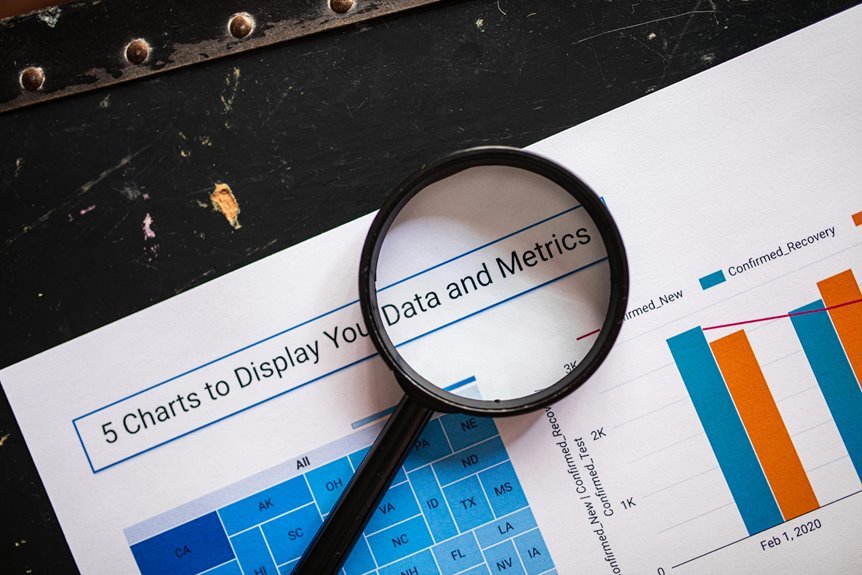Number Investigation: 2193262222, 2193542054, 2194653391, 2197031374, 2232371568, 2232371574

The sequence of numbers 2193262222, 2193542054, 2194653391, 2197031374, 2232371568, and 2232371574 presents a unique numerical structure worthy of analysis. Notably, the consistent prefixes of ‘219’ and ‘223’ suggest a possible regional or systemic significance. The variations in subsequent digits raise questions about potential patterns and relationships. Understanding these elements could unveil insights into their practical applications in various fields, inviting further exploration into their implications.
Analyzing the Structure of the Numbers
The examination of numerical structures reveals inherent patterns and relationships that are critical for deeper mathematical understanding.
Analyzing the numerical sequences presented, one can discern the significance of each digit in relation to its position. This scrutiny uncovers potential symmetries and variances, enhancing comprehension of how digit significance contributes to the overall structure, thus fostering a more profound appreciation for numerical intricacies.
Exploring Potential Contexts and Applications
While examining the contexts in which numerical structures manifest, one can uncover a multitude of applications that extend beyond theoretical mathematics into practical realms.
Potential contexts for these numbers include telecommunications, data encoding, and statistical analysis.
Application scenarios may involve optimizing resource allocation, enhancing cybersecurity protocols, or facilitating complex computations, illustrating the versatility and significance of numerical patterns in contemporary society.
Discovering Patterns and Relationships
As researchers delve into the realm of numerical patterns, they often uncover intricate relationships that reveal deeper insights into mathematical concepts.
Through pattern recognition, analysts identify recurring sequences and anomalies among the numbers.
Relationship analysis further elucidates connections between these sequences, fostering a comprehensive understanding of their significance, implications, and potential applications in various fields, ultimately enhancing our appreciation of mathematical structures.
Conclusion
In conclusion, the examination of the number sequence reveals a structured interplay between consistent prefixes and varying suffixes, akin to a musical composition where familiar notes are interspersed with distinct melodies. This analysis not only underscores the significance of numerical prefixes, potentially reflecting regional coding systems, but also opens avenues for further exploration into telecommunications and data encoding applications. Recognizing these patterns enhances understanding of their practical relevance across various fields, making the investigation both insightful and applicable.





